Throughout history, the flute has played a significant role not only as a musical instrument but also as a symbol of social status across various cultures. From ancient civilizations to modern times, the flute’s association with social hierarchy, refinement, and artistic expression has evolved, reflecting broader changes in society.
The Flute in Ancient Civilizations
In ancient civilizations, the flute was often associated with religious rituals, the royal court, and the social elite.
It was believed that the subtle and memorable sound of the flute connects the earthly with the divine, the mortal with the immortal. Its use by the highest levels of society – be it kings, priests or emperors – cemented its status as a prestigious instrument that has carried its legacy of sophistication and power through the centuries into the modern world.
The Flute in Ancient Egypt: A Sacred Instrument of the Pharaohs

In ancient Egypt, the flute held an important place in both religious and royal contexts. The instrument, typically made of reed, wood, or bone, was depicted in the tombs of pharaohs and nobles, highlighting its importance in the afterlife. These depictions suggest that the flute was believed to accompany the dead on their journey to the afterlife, providing a link between the mortal world and the divine.
Flutes were often played during religious ceremonies and were believed to have the power to communicate with the gods. Their sound was considered sacred, and the instrument’s presence in tombs symbolized the pharaohs’ divine status and their continued connection with the gods even after death.
The flute’s association with the sacred and royal emphasizes its role as an instrument of prestige reserved for the upper echelons of society.
The Aulos in Ancient Greece: Music for the Gods and the Elite
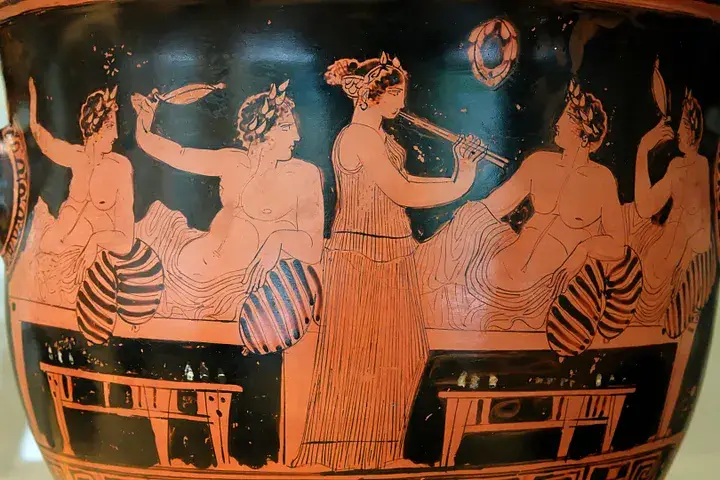
In ancient Greece, the aulos, a double-reed instrument that bears some resemblance to the modern flute, played a central role in religious and social life.
The aulos was particularly associated with the worship of Dionysus, the god of wine and fertility. The instrument’s powerful, piercing sound was believed to be able to induce states of divine ecstasy, making it an integral part of Dionysian rituals and celebrations.
The aulos was also used in the worship of other gods, including Apollo, the god of music and prophecy, further linking the instrument to the divine.
Its use in religious ceremonies reinforced the idea that the aulos was an instrument of both spiritual and social significance. In addition to its religious role, the aulos was played at banquets, competitions, and other social gatherings among the elite, symbolizing its dual function as a sacred and prestigious instrument.
The Dizi in Ancient China: Harmony and Order in the Imperial Court
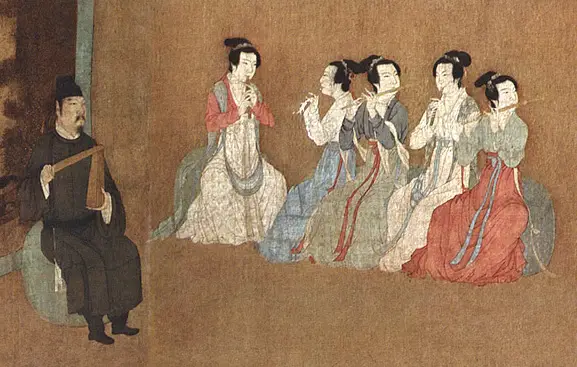
In ancient China, the flute, known as the dizi, was an integral part of court music and a symbol of Confucian ideals. The dizi was often made of bamboo and was known for its delicate, clear tone, which was considered to embody the principles of harmony and order that were central to Confucian thought.
Music in ancient China was more than just entertainment; it was a reflection of the cosmic order and moral virtues of society. With its calm and balanced tone, the dizi was believed to promote the development of the mind and the maintenance of social harmony. It was played in the presence of the emperor during important rituals and ceremonies, signifying its role as an instrument of statecraft and moral leadership.
The dizi’s association with the imperial court and its use in formal ceremonies reinforced its status as an instrument of the elite. In the rigidly hierarchical society of ancient China, where music was closely tied to social order, the dizi was a symbol of cultural refinement and power, further enhancing its prestige.
The Flute in the European Renaissance and Baroque Periods
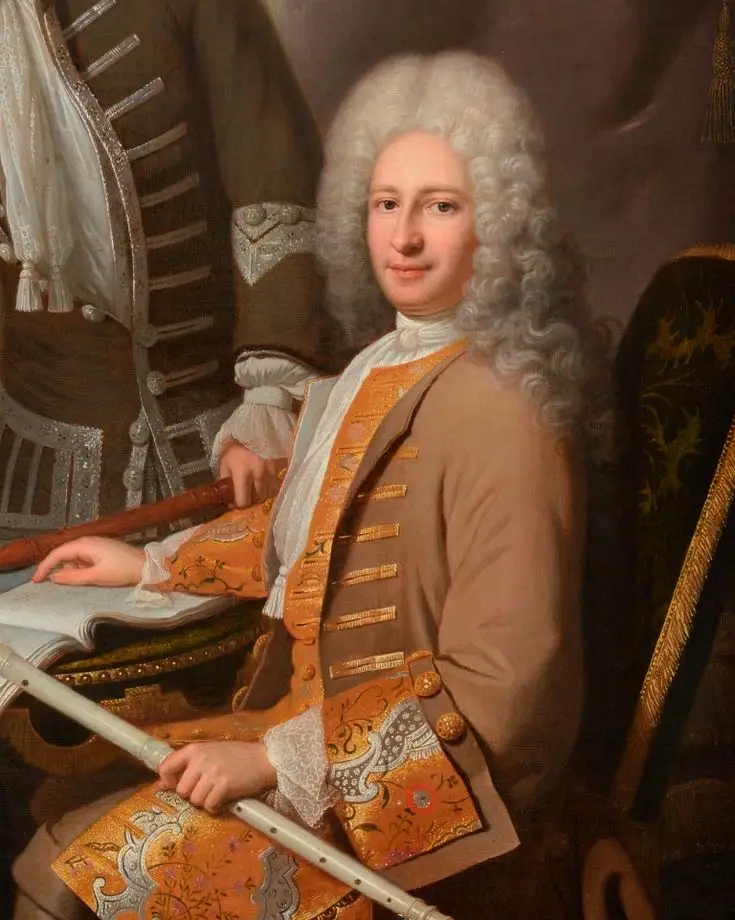
During the Renaissance and Baroque periods of Europe, the flute underwent significant development and became increasingly associated with nobility and the educated elite. The transverse flute, or flauto traverso, became a favorite instrument in the courts of European monarchs. Its soft and refined tone was considered the epitome of elegance, making it a popular choice for chamber music and court entertainment.
The flute’s association with social status was further enhanced by the patronage of noble families and the composition of complex flute music by esteemed composers such as Johann Sebastian Bach and Georg Philipp Telemann. Flute playing was often a skill cultivated by the aristocracy, and mastery of the instrument was considered a sign of refinement and sophistication. The instrument’s subtle and expressive qualities made it a favorite for private performances and social gatherings among Europe’s elite.
The Flute in the 18th and 19th Centuries

As the flute continued to develop in the 18th and 19th centuries, its social significance grew alongside the emergence of the bourgeoisie, reflecting the Enlightenment’s values of individual expression and artistic achievement.
Flute playing became an increasingly desirable accomplishment for both men and women of the middle and upper classes, and the instrument became a common presence in salons and drawing rooms..
The flute’s growing aura of social acceptability was so pronounced that it became the instrument of choice for several musically inclined monarchs. For example, the Prussian king Frederick the Great (r. 1740–1786) studied the transverse flute with Johann Joachim Quantz and composed over 120 sonatas for the instrument.
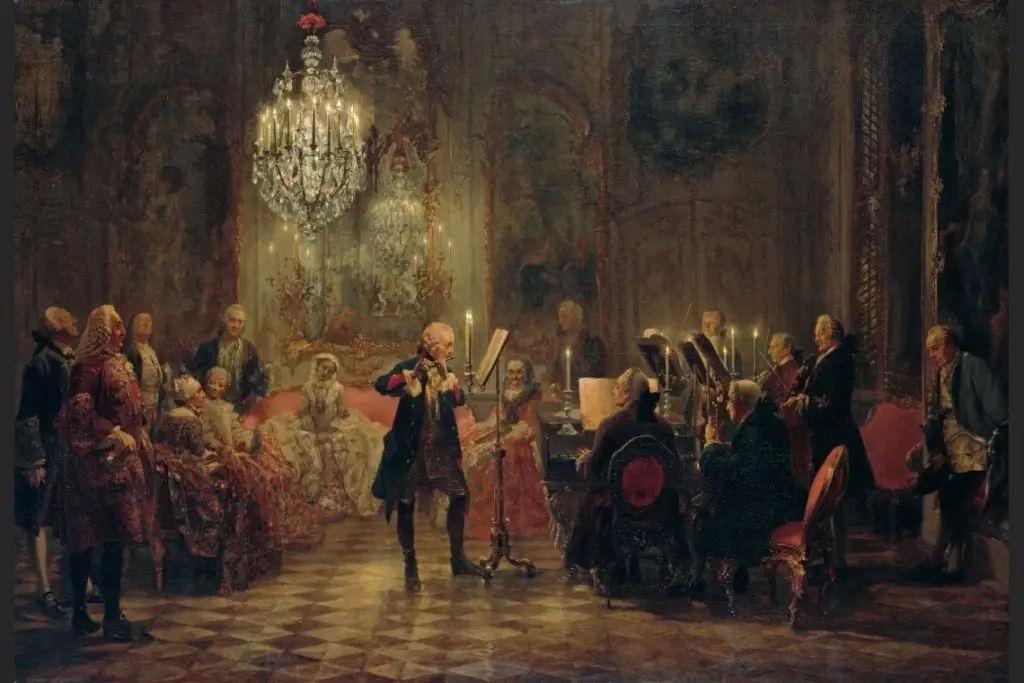
Similarly, British King George III (r. 1760–1820) also took up the transverse flute.
During this time, the flute also gained prominence as a solo instrument in concert settings, further enhancing its status. Virtuoso flutists such as Johann Joachim Quantz, the flute teacher of Frederick the Great of Prussia, contributed to the instrument’s prestige.
Quantz’s treatise on flute playing and his compositions for the instrument emphasized the flute’s role as a means of personal expression and a marker of cultural sophistication.

Exclusive gatherings, such as “Gentlemen’s Concerts” founded in Manchester in 1774 were a testament to the flute’s elite status, featuring performances by wealthy amateur flutists. The popularity of these concerts was so great that the number of participants often required gentlemen to take turns playing, emphasizing not only the social significance of the flute but also its role in male camaraderie and socialization.
These concerts reinforced the flute’s association with both refined taste and masculinity, distinguishing it from other instruments that were more often associated with female musical education and social roles.
Like the “Gentlemen’s Concerts” in Manchester, private musical societies and clubs often featured the flute as a central instrument for male musicians. These clubs, such as The Academy of Ancient Music (founded in 1726), The Cecilian Society (founded in 1785), The Anacreontic Society (active during the late 18th century), and The Edinburgh Musical Society (founded in 1728) to name a few, were popular among the upper and middle classes and provided a space for men to gather, socialize, and demonstrate their musical skills. The exclusivity of these groups and the flute’s prominent role within them bolstered its image as a masculine instrument.
The flute’s dual role as a symbol of refined taste and masculinity not only elevated its status in society, but also shaped the musical and social landscape of the time. It became an instrument through which gentlemen could express both their cultural sophistication and their commitment to ideals of masculinity, making it an instrument that was as much about social identity as it was about music.
Claude Laurent and His Crystal Flutes: Symbols of Prestige and Innovation

In the early 19th century, the French flutemaker Claude Laurent revolutionized the world of flute-making by introducing his exquisite crystal flutes, which elevated the instrument’s status to unprecedented levels of luxury and artistry. Laurent’s flutes were not only lauded for their superior sound quality but were also admired for their extraordinary craftsmanship and aesthetic appeal. Each flute was a masterpiece, often crafted from high-quality white, blue, or green crystal and adorned with precious metals such as silver, gold, and bronze. The flutes’ keys were sometimes encrusted with gemstones, further enhancing their opulence.
Laurent’s innovation was driven not just by a desire to create beautiful instruments but also by a practical need to overcome the limitations of traditional wooden flutes. Wooden flutes were susceptible to the effects of humidity and temperature, which could warp the wood and affect the instrument’s tone and durability. By using crystal, Laurent addressed these issues, creating flutes that were not only visually stunning but also remarkably resilient. This made them highly desirable among both musicians and collectors, who valued the flutes not just as tools for performance but as works of art.
The intricate engravings and gilded details on Laurent’s flutes reflected the highest levels of craftsmanship, making them coveted items among the European aristocracy and royalty. To own a Claude Laurent flute was to possess an object that symbolized wealth, taste, and refinement. These flutes quickly became prized possessions, often displayed as treasures in the collections of the elite.
Notable figures of the time, including Napoleon Bonaparte and U.S. President James Madison, were among those who owned Laurent’s flutes, underscoring their association with power and prestige. Napoleon’s ownership of several Laurent flutes is particularly significant, as it highlights the instrument’s role as a symbol of imperial power and cultural sophistication. Similarly, James Madison’s possession of a Laurent flute in the United States exemplified the instrument’s appeal beyond European borders, symbolizing a transatlantic appreciation for luxury and fine craftsmanship.
Laurent’s flutes were not merely instruments for making music; they were statements of status and elegance, embodying the artistic and cultural values of the time. The fact that such prominent figures chose to own and display these flutes speaks to their significance as symbols of both personal and national prestige. The legacy of Claude Laurent’s crystal flutes endures as a testament to the intersection of art, innovation, and social status in the world of music.
The flutes’ sophisticated design and the prestige associated with owning one made them a symbol of high social status.
The historical significance of Laurent’s crystal flutes is further highlighted by their continued fascination today. Although they fell out of favor with the advent of the modern keyed flute, Laurent’s flutes have become sought-after collector’s items in recent decades. Their rarity and the craftsmanship involved in their creation make them prized possessions for both flutists and history enthusiasts.
Luxurious Flutes: Symbols of Prestige and Artistic Excellence
Fast forward to today, the flute continues to be a symbol of status and sophistication, much like it was in the courts of kings and emperors throughout history. Modern flutes are often crafted from precious materials such as sterling silver, gold, and platinum, and can even be adorned with diamonds or intricate engravings, making them not only musical instruments but also works of art. These luxurious instruments are highly coveted, though their high cost makes them accessible only to a select few. The desire to own such exquisite flutes is strong among flutists, reflecting the instrument’s enduring association with prestige, artistic excellence, and a deep commitment to the craft.
In addition to their physical beauty, these flutes are prized for their unparalleled sound quality, offering a tonal richness and depth that is unmatched by their more affordable counterparts. The artisans who craft these instruments often spend years perfecting their skills, ensuring that each flute is not only visually stunning but also a joy to play. For many flutists, the pursuit of such an instrument represents the pinnacle of their artistic journey, a testament to their dedication and passion for music.
Moreover, owning a flute made from precious materials can also be seen as an investment. High-quality flutes from renowned makers tend to appreciate over time, further linking them to notions of wealth and status. Customization options, such as selecting different metals or adding intricate engravings, allow musicians to personalize their instruments, making them unique symbols of personal and social identity.
Whether in the hands of a virtuoso on the concert stage or a discerning collector, these luxurious flutes continue to inspire awe and admiration, standing as a timeless symbol of the flute’s unique place in the world of music and culture.
Yulia Berry
Yulia Berry is the founder of Flute Almanac, The Babel Flute, and the New England Flute Institute. A highly experienced flutist and mentor, she holds a Doctor of Music Arts degree from the Saint Petersburg State Conservatory (Russia).
Renowned for her virtuosity and expressive playing, she has performed as a soloist and chamber musician worldwide. An expert in flute pedagogy, she is known for her innovative teaching methods that emphasize technique, musicality, and artistry.
She has written extensively on the flute’s connection to art, culture, and history across different eras.




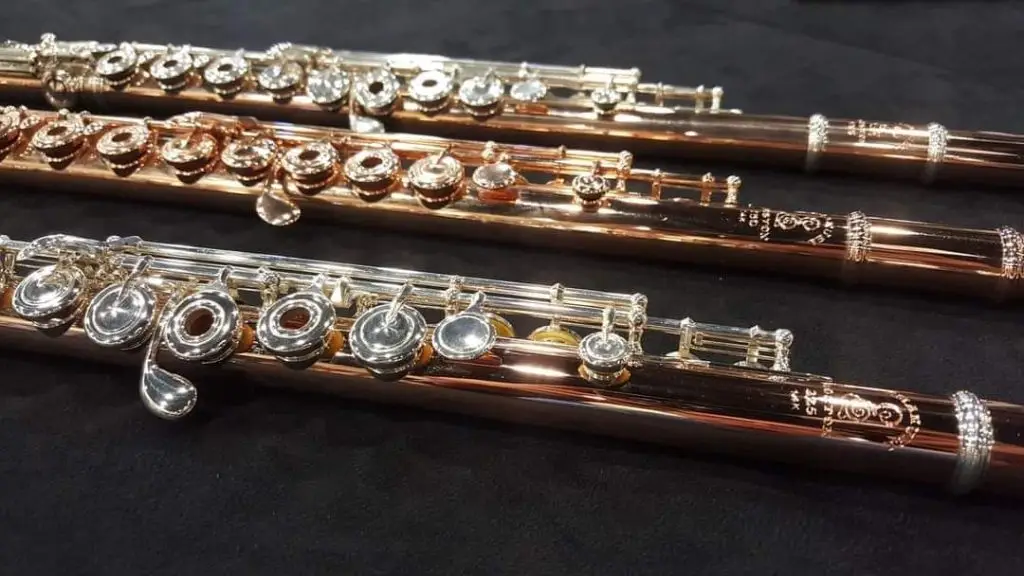
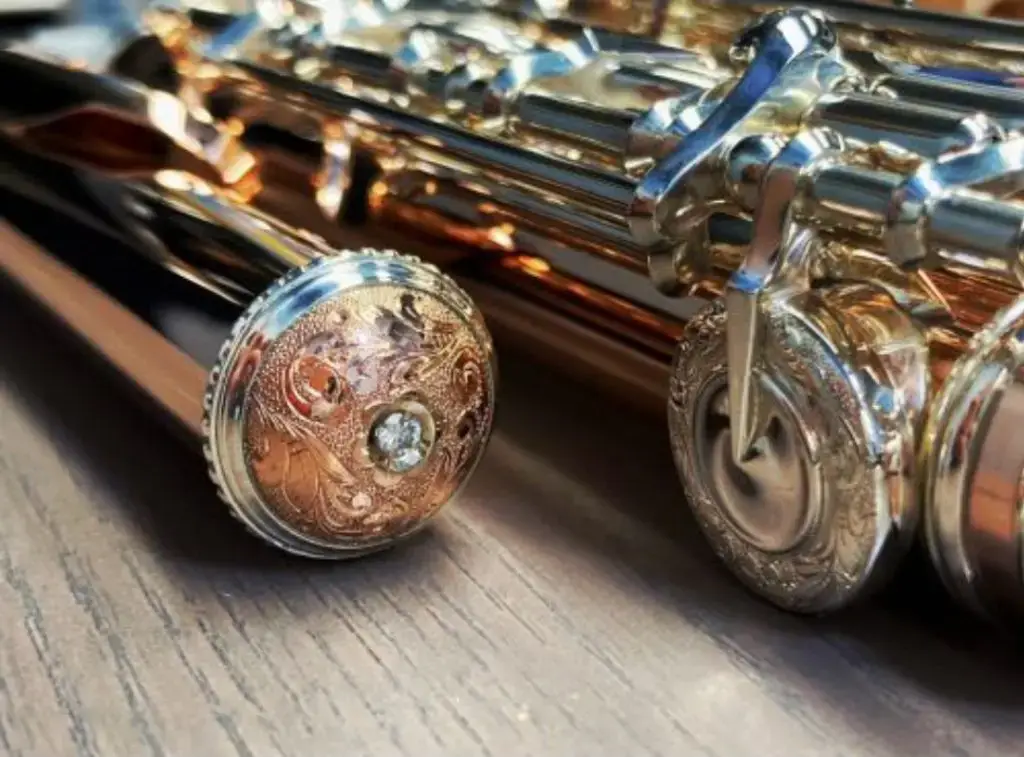


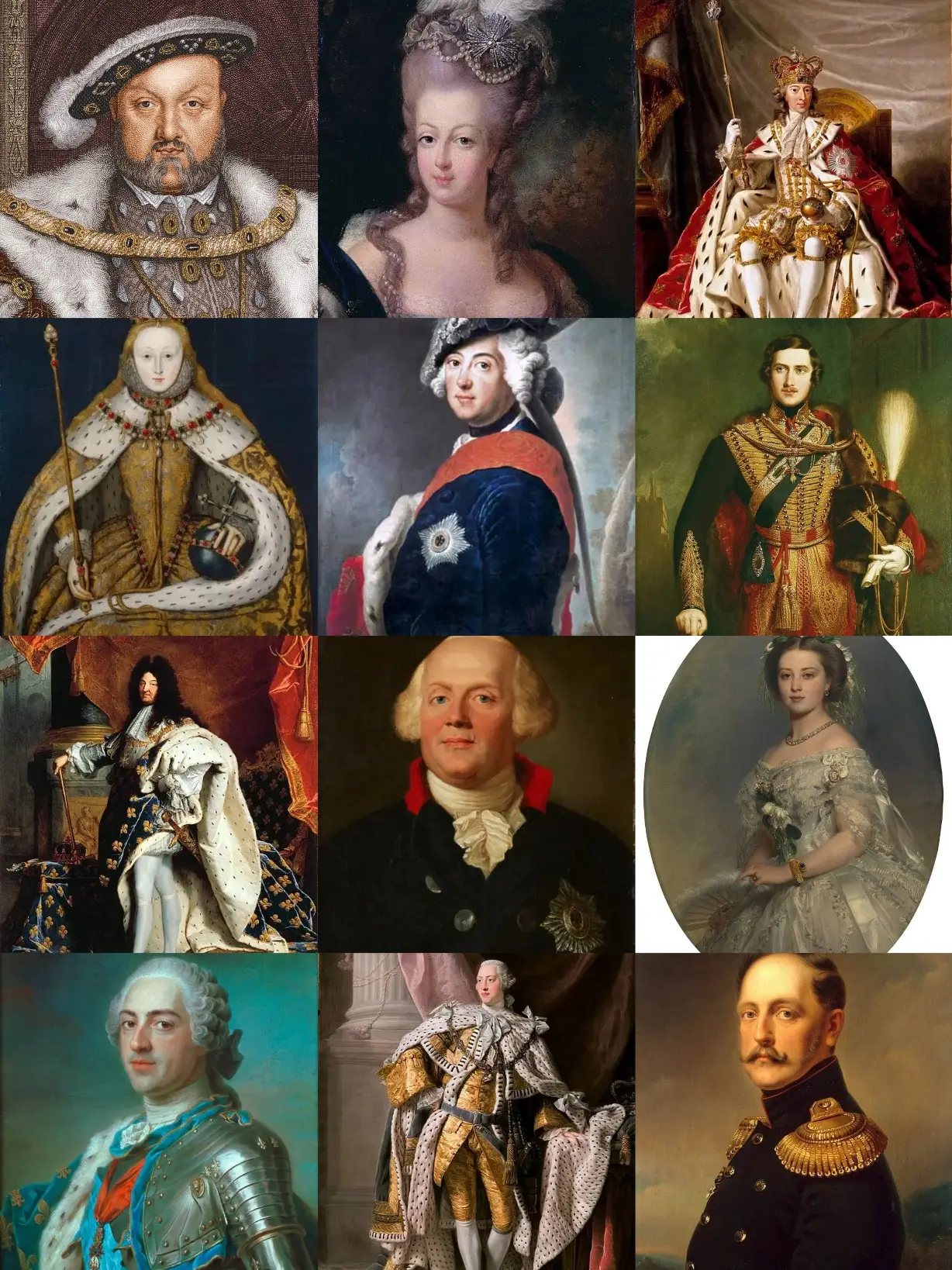






Bellissimo articolo, molto prezioso anche per la preparazione ai concorsi e conservatori di musica .
Complimenti
Grazie mille, Marco!
Красивая статья, поздравляю Юля! 🌺 Своим ученикам всегда напоминаю, что флейта – это аристократичный музыкальный инструмент, у людей которые играют на флейте особенно хороший вкус (девочки – ученицы – так радуются и кокетничают про вкус 😁).
Никель, серебро, золото, фарфор, дерево, хрусталь, бронза, дизайн, драгоценные камни…
Итересно есть ли ещё инструменты, которые изготавливается из этих материалов? Наверно, нет – только у флейты есть возможность звучать так красиво и душевно из разных материалов и металлов!!
Спасибо, Юлия! Как всегда великолепная статья и прекрасно подобранные иллюстрации! Прочла на едином дыхании.